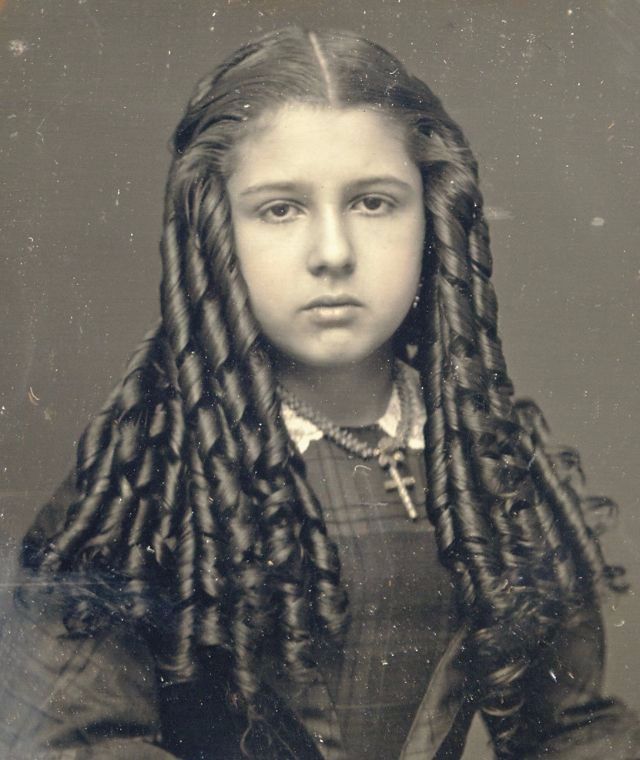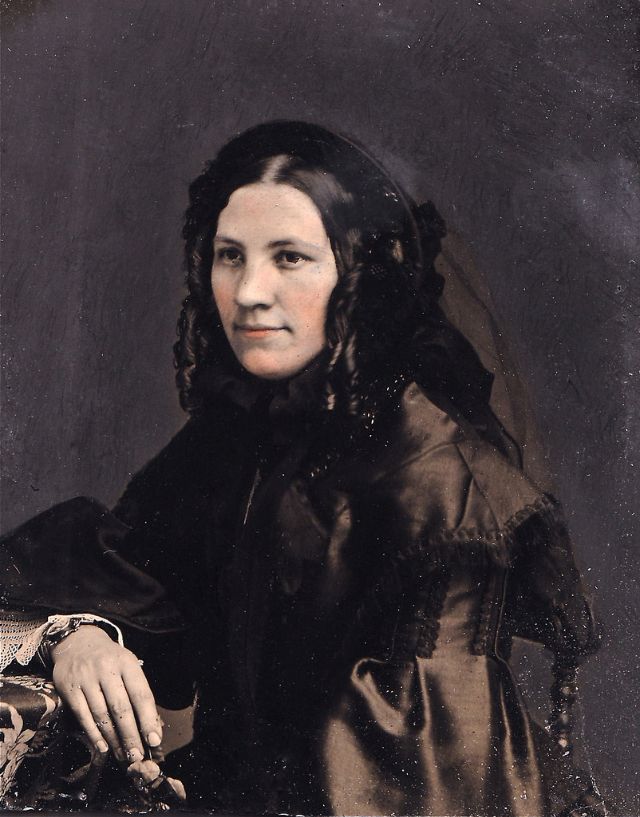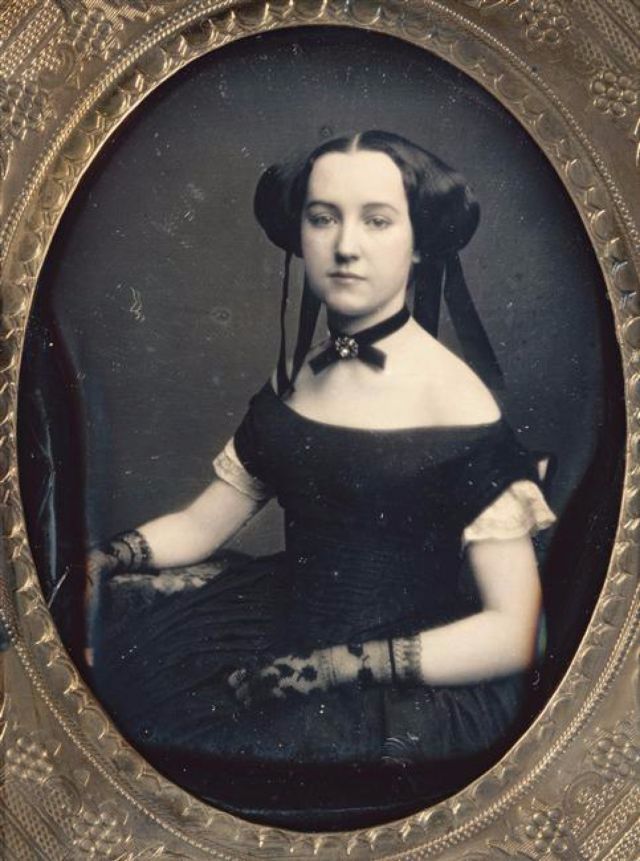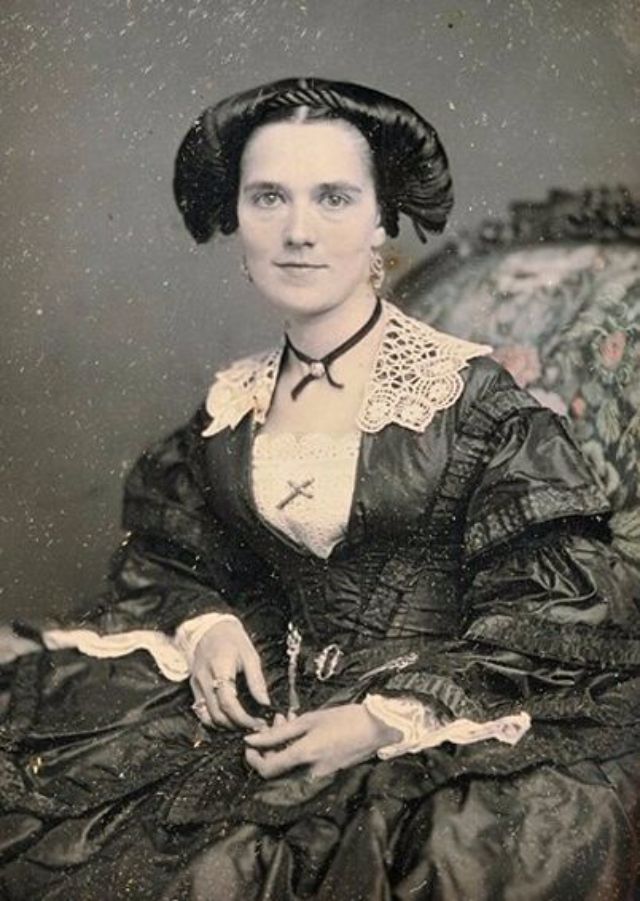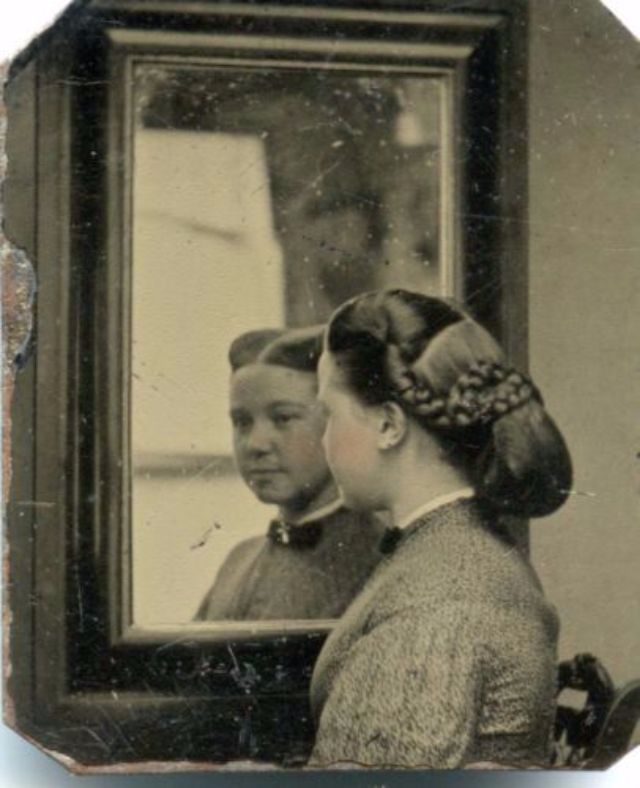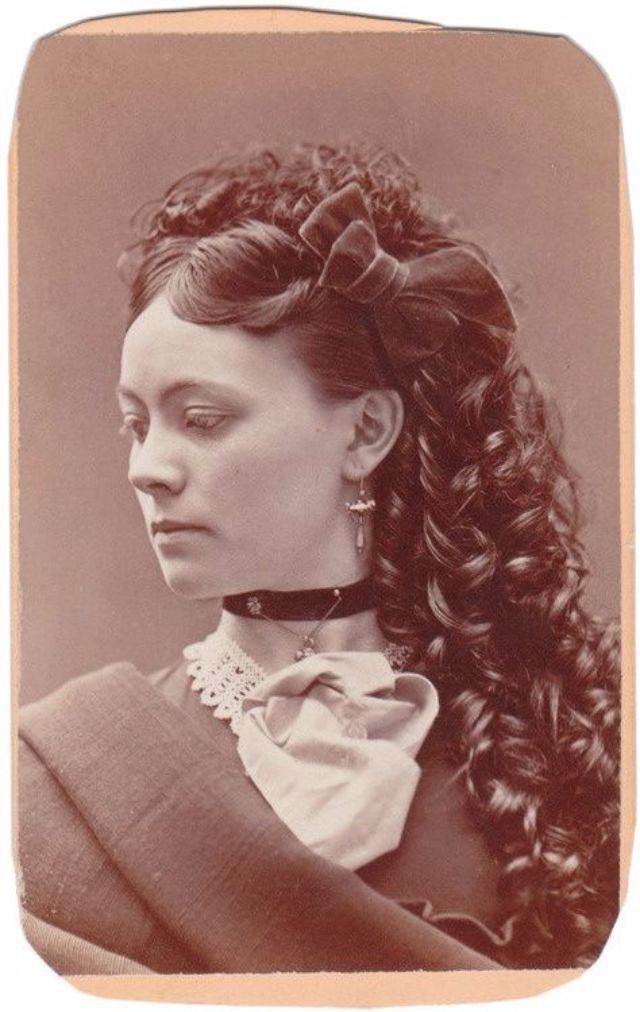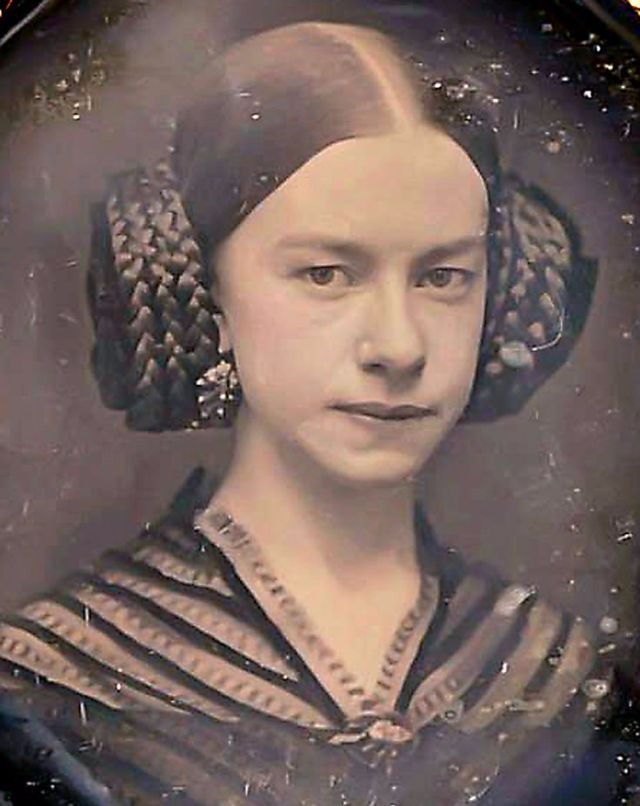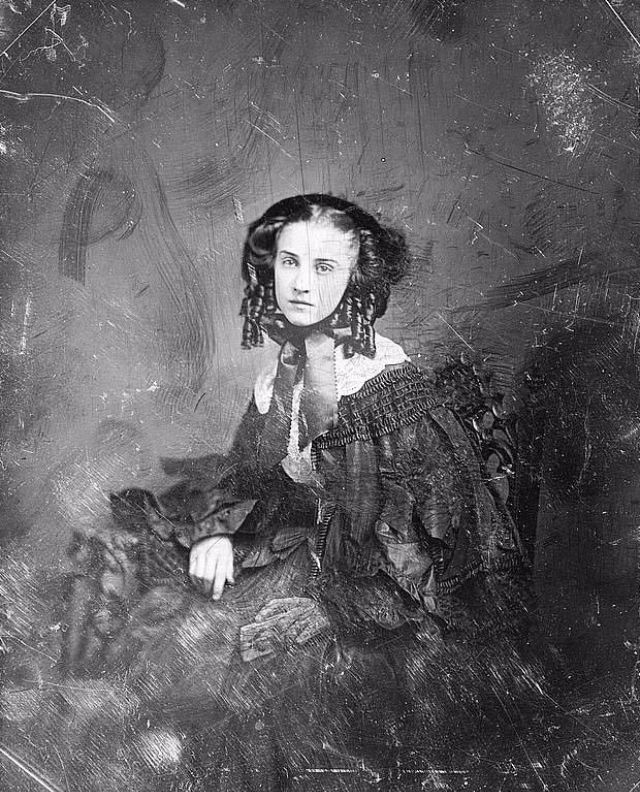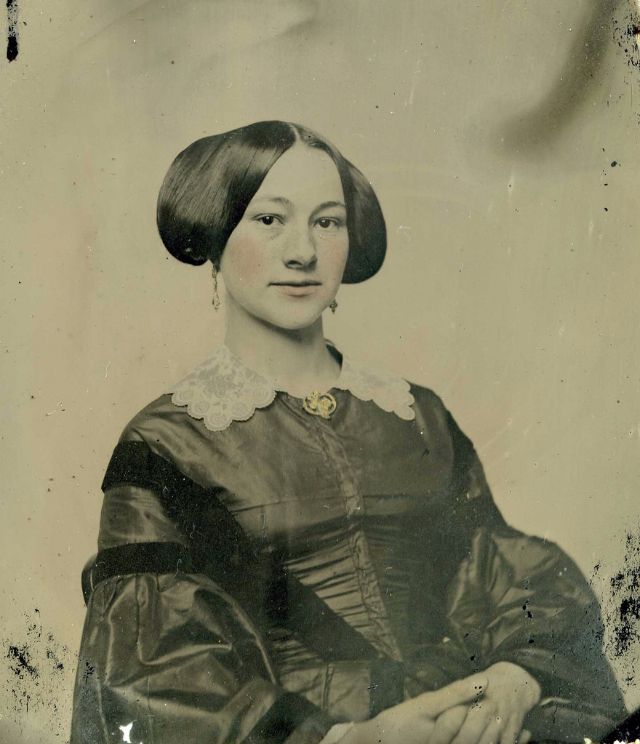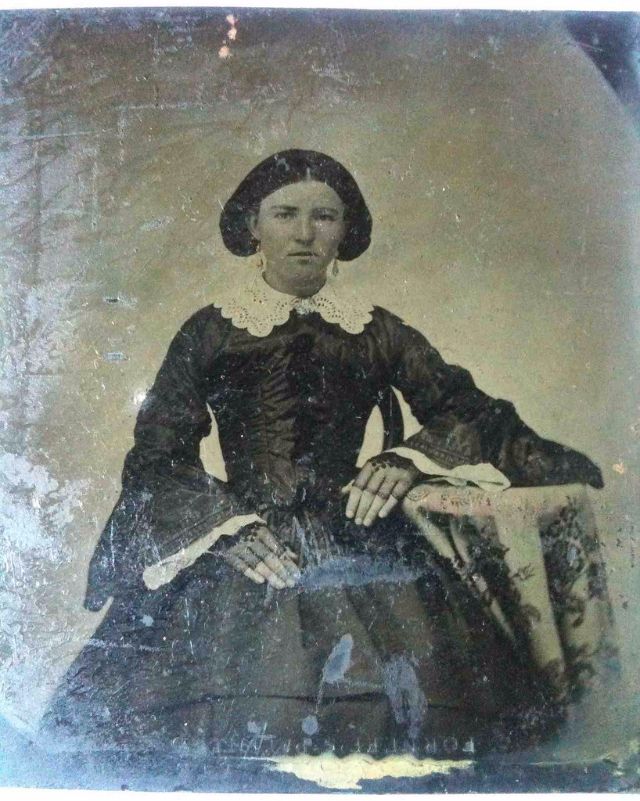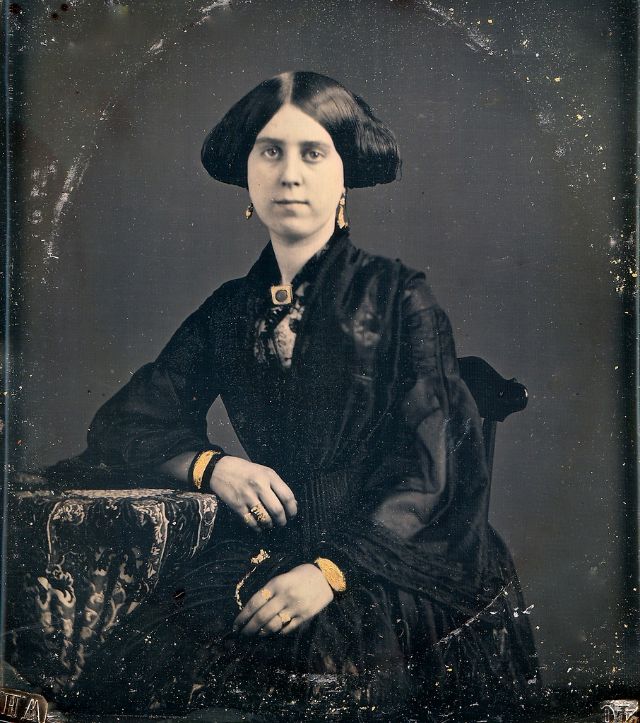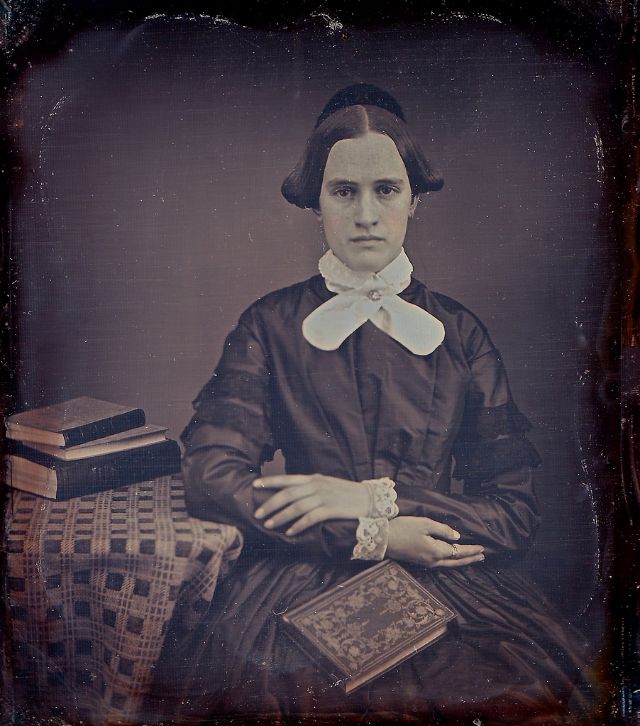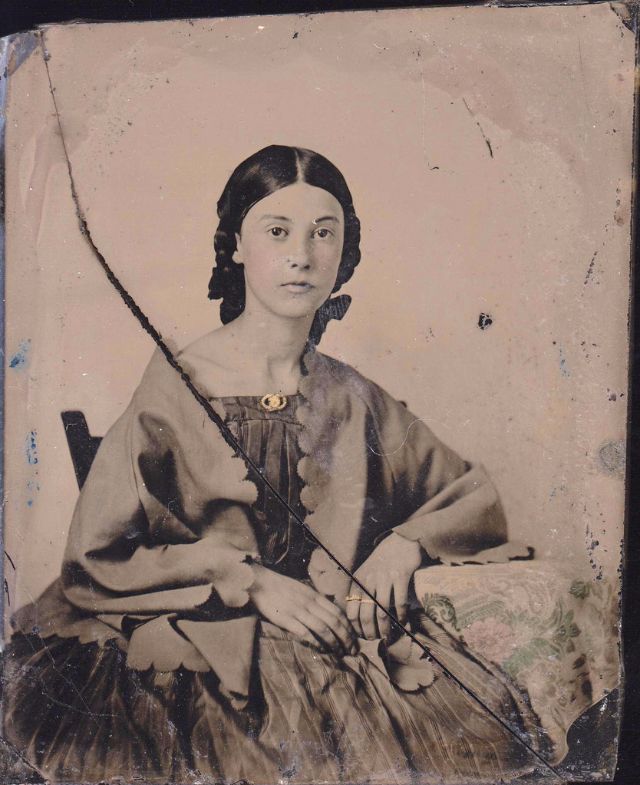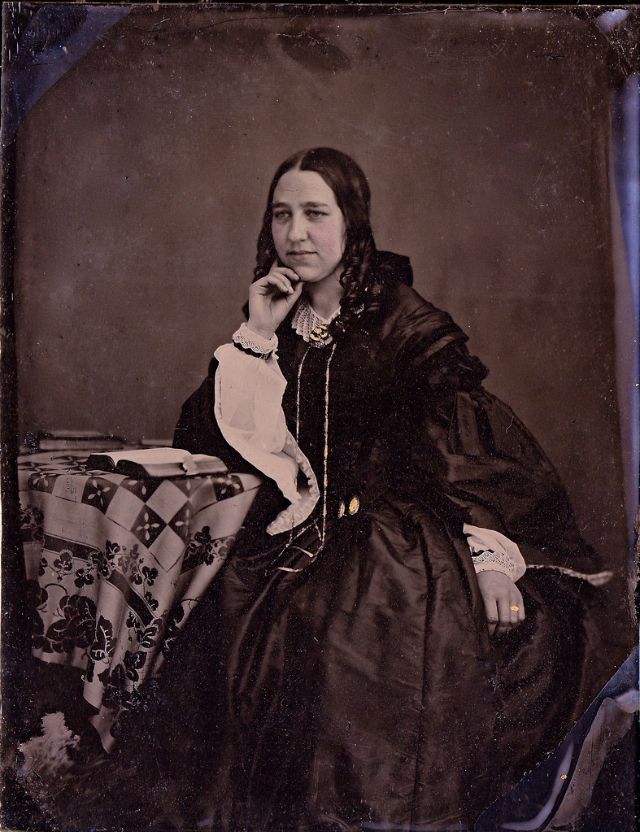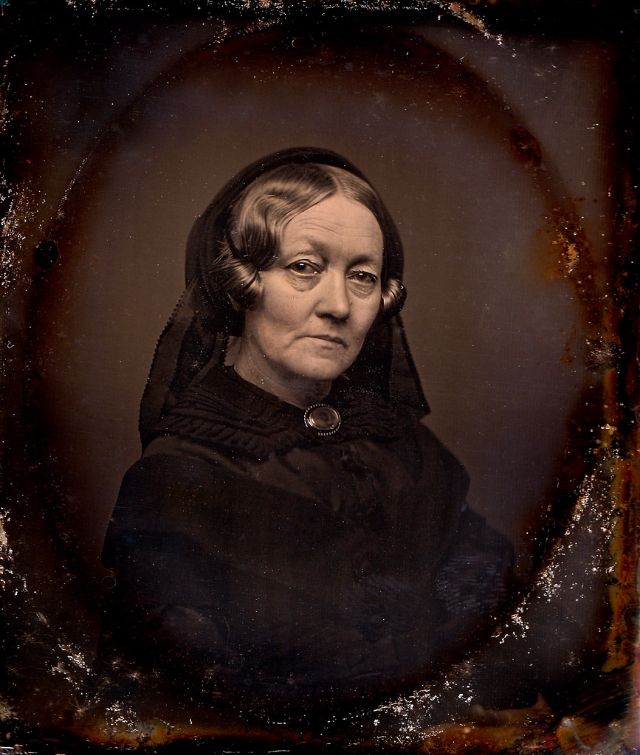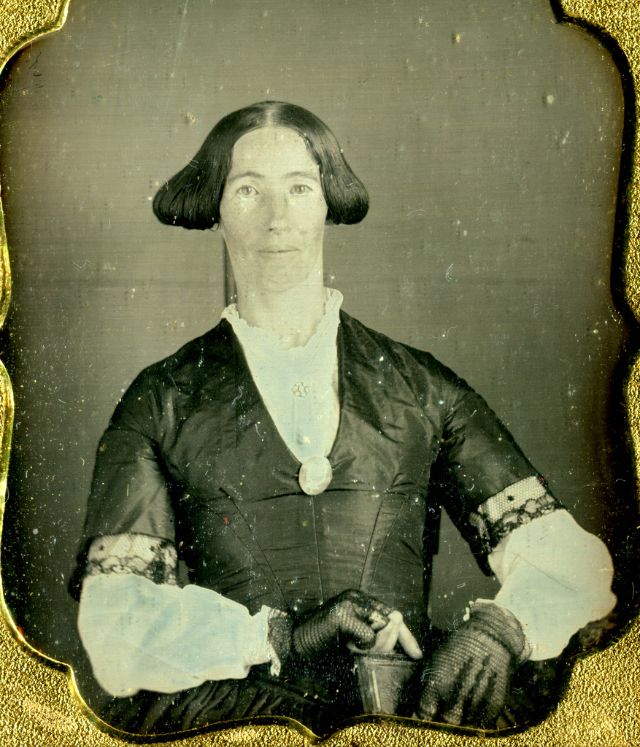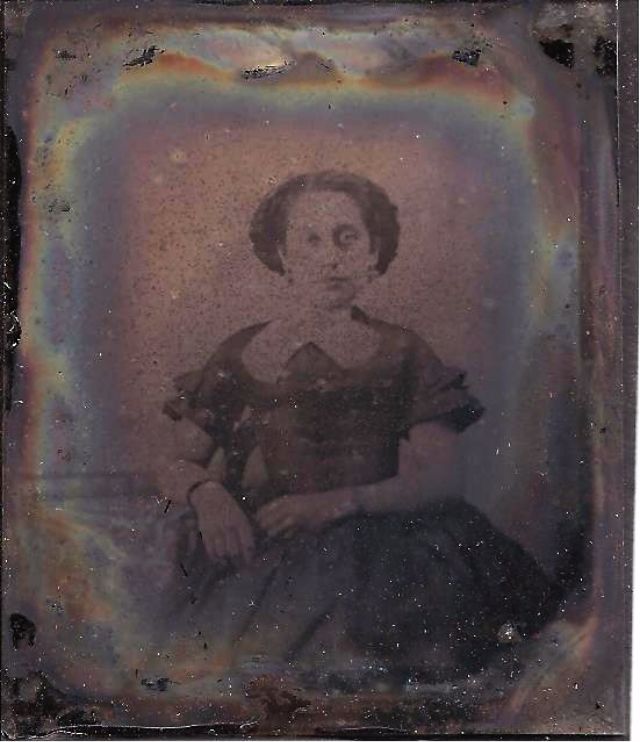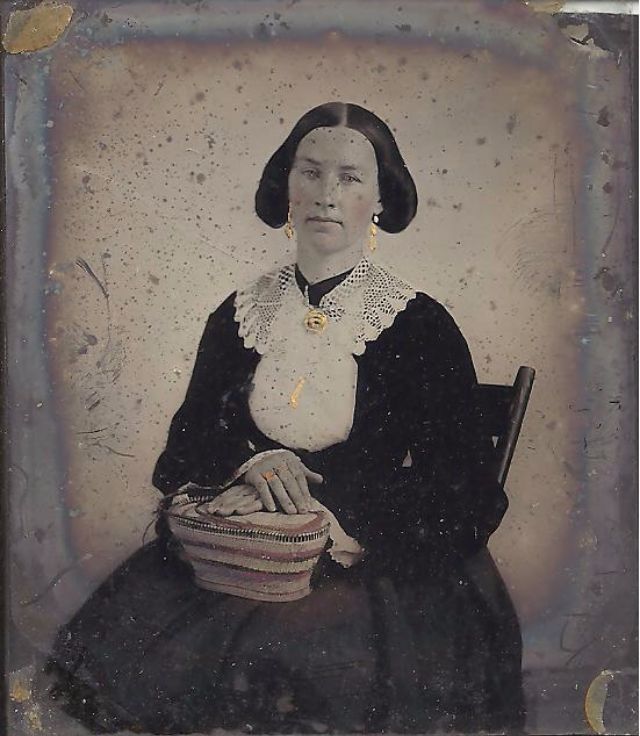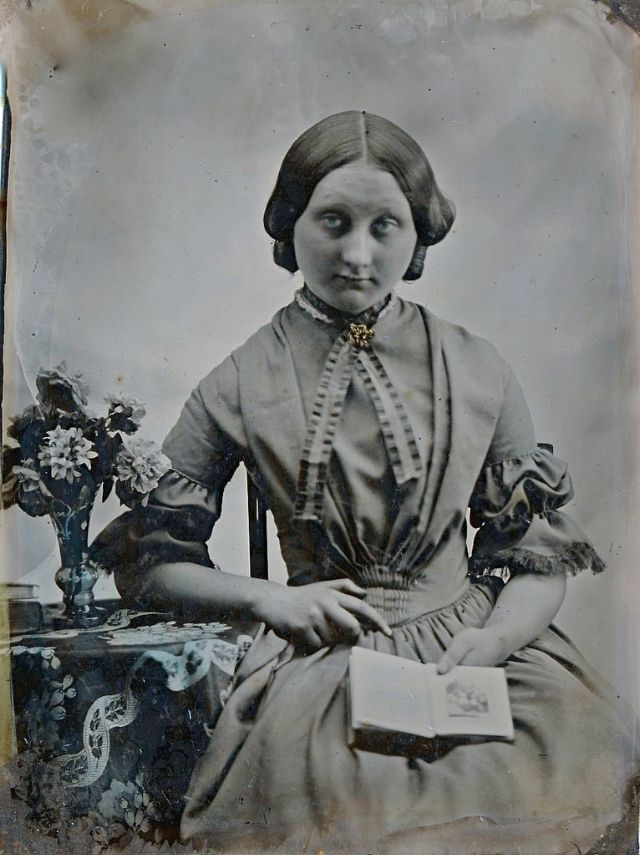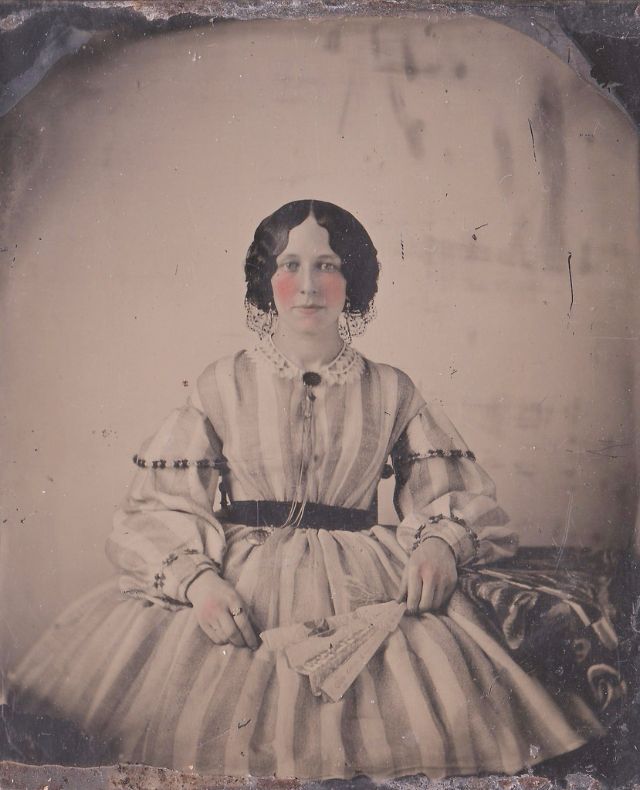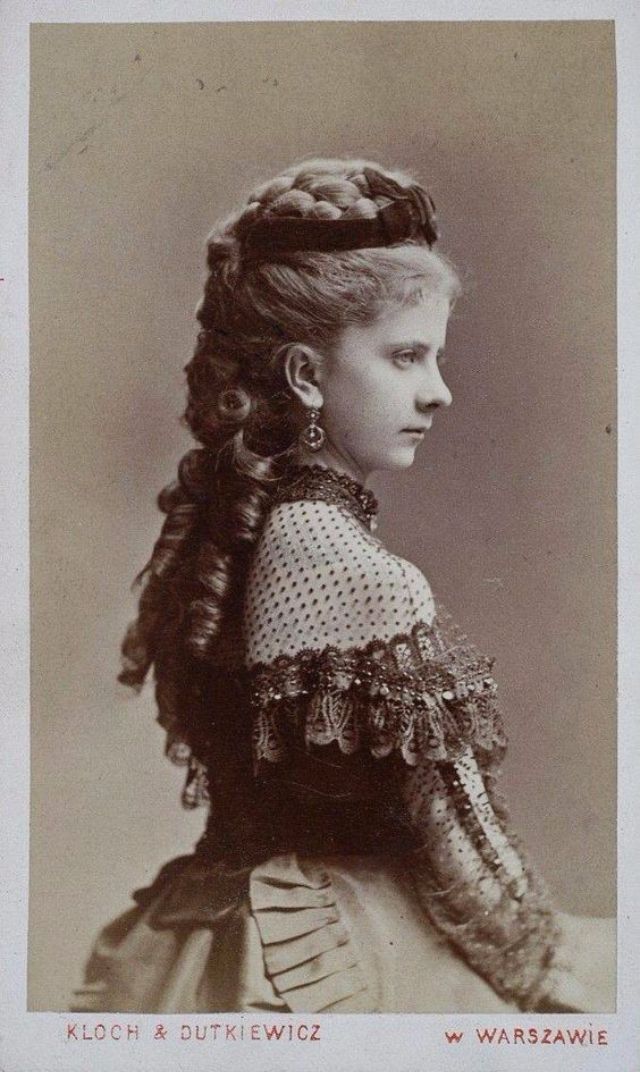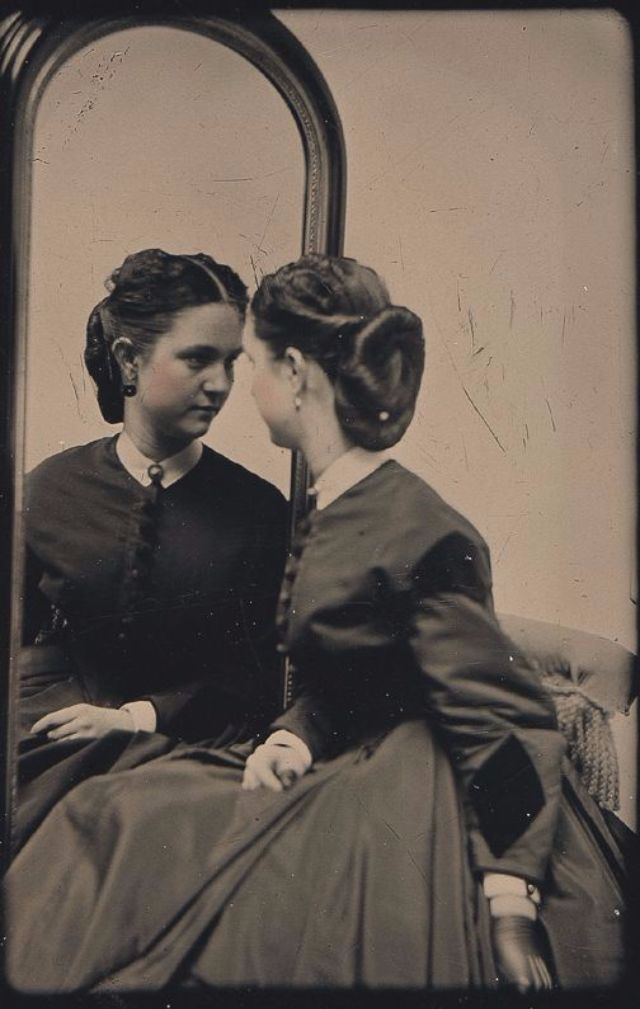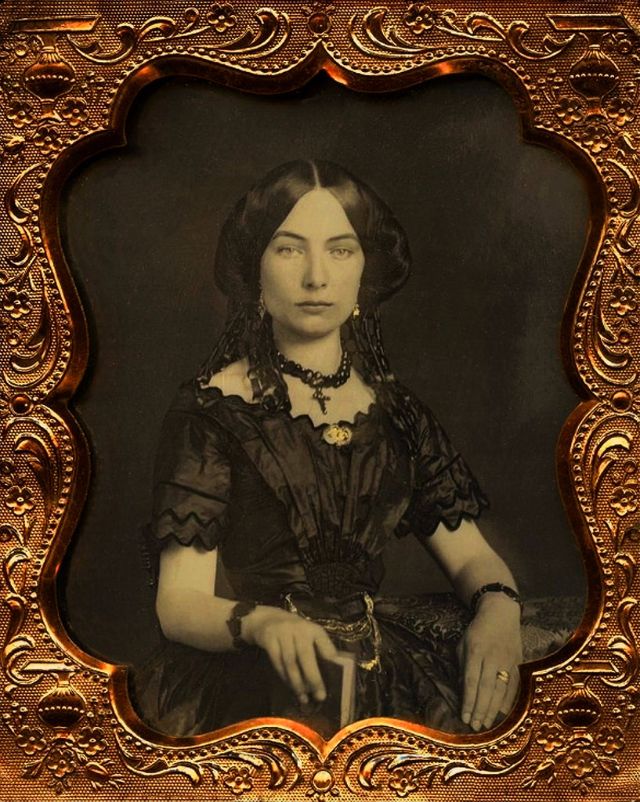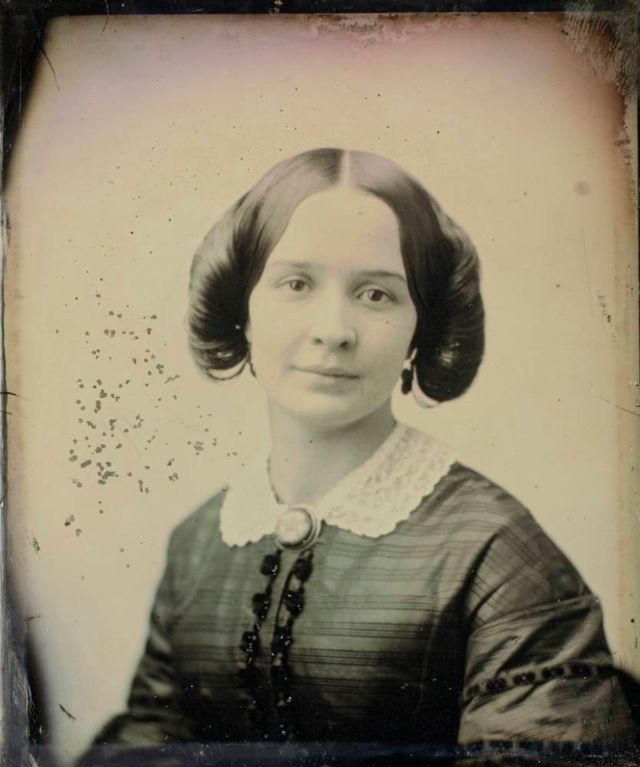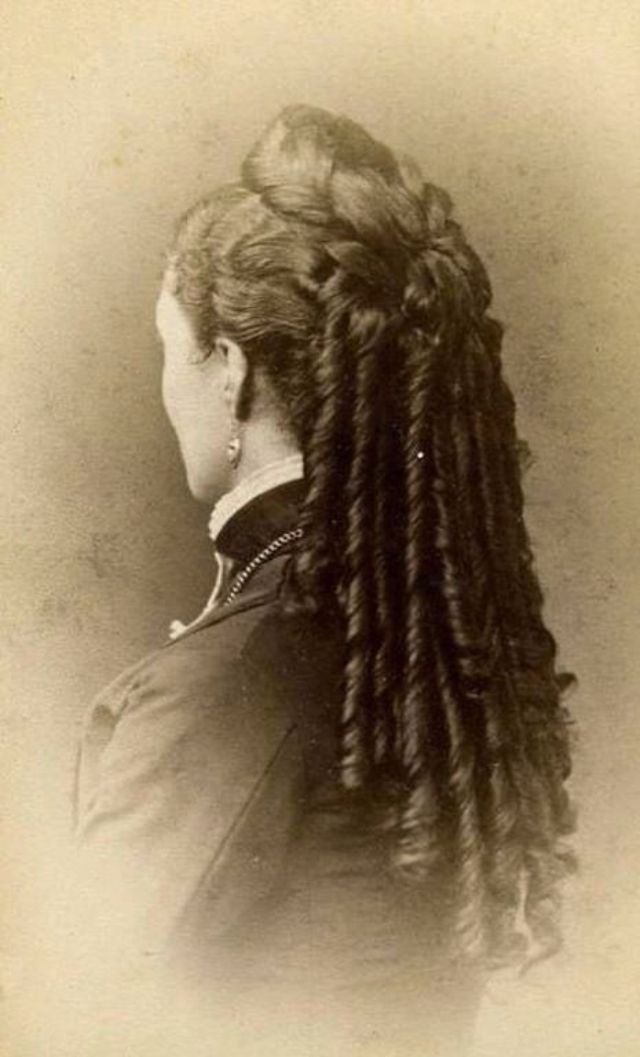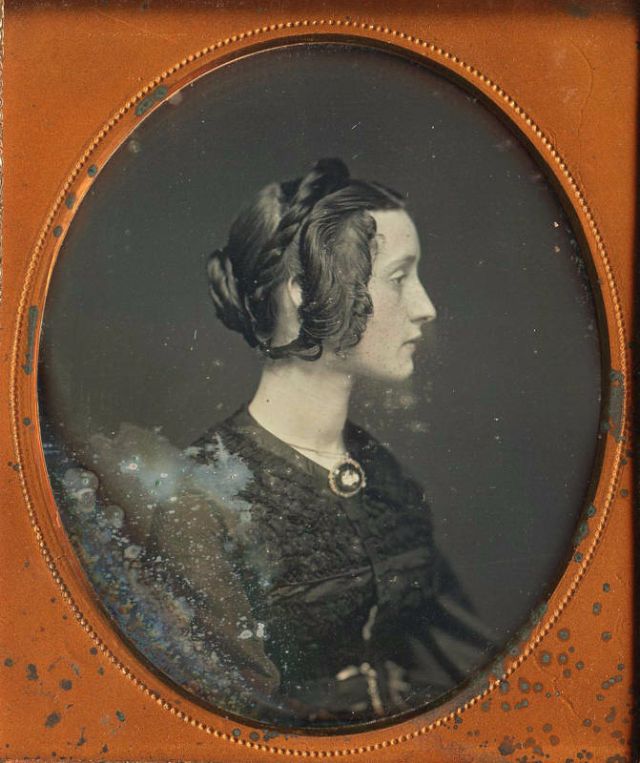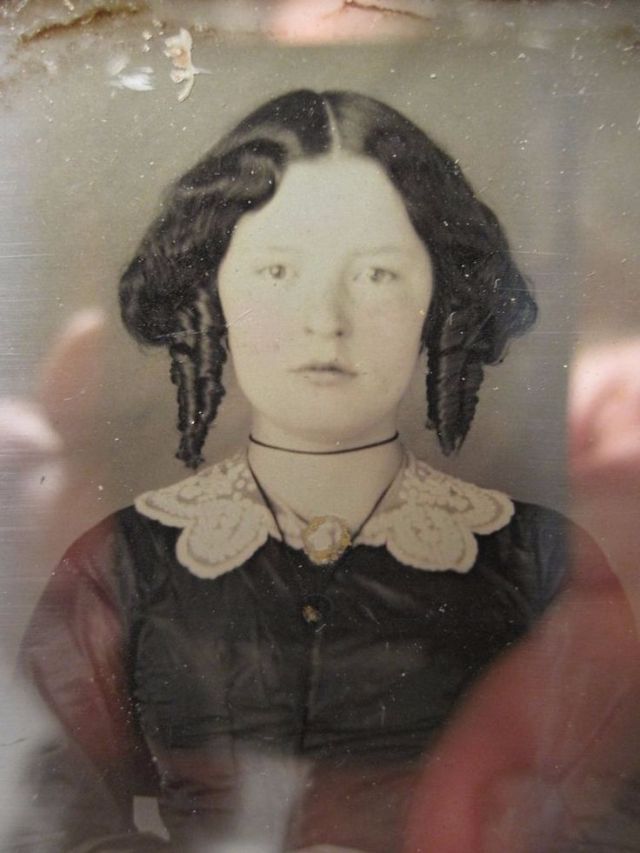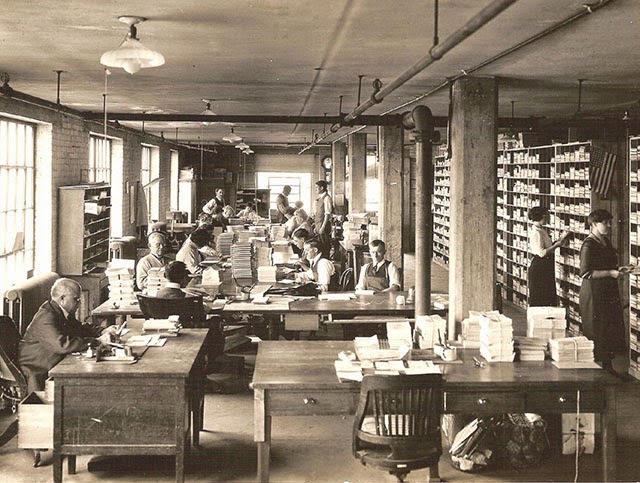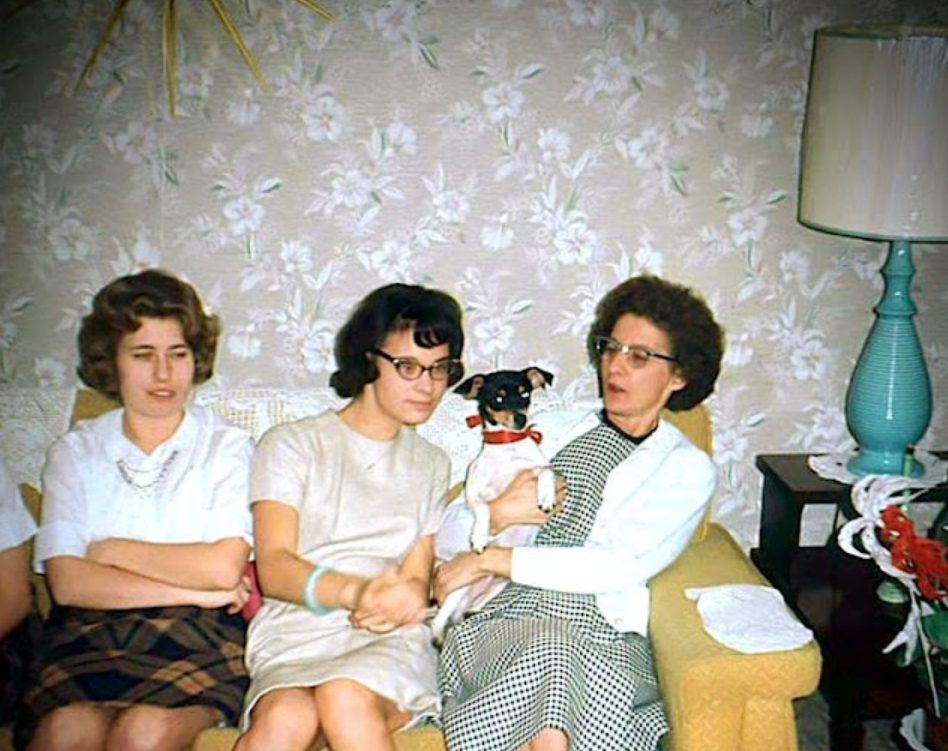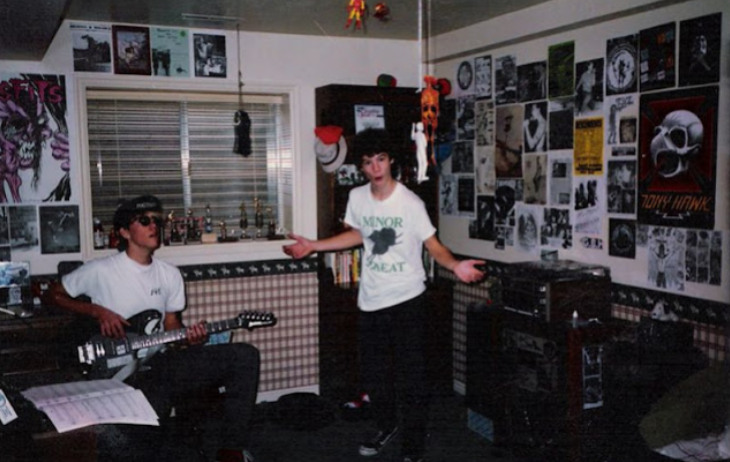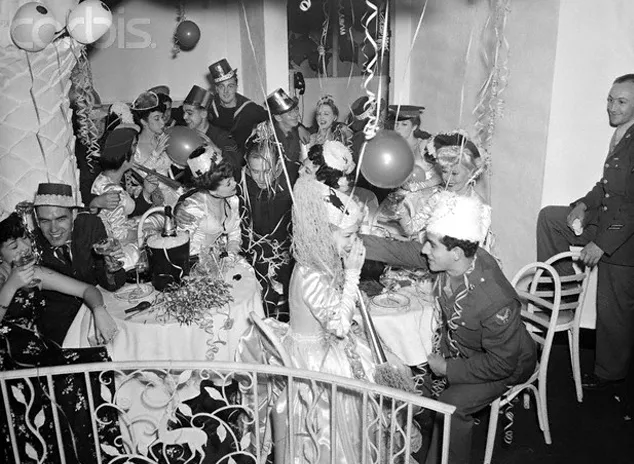The 19th century was an interesting time for hair and fashion in general. Many cultural changes were occurring, and Europe and America alike saw many integral style periods, all of which gave birth to hairstyles of their own.
The women who lived during the Victorian era opted for more sober and subdue styles, in contrast to the trends prior to that time. The women earlier would go in for elaborate hairstyles, extravagance and pomp were the highlights of that time.
Women, during the Victorian era, liked their hair to be healthy, glossy, soft, and smooth. This enabled them to style it as well as keep it simple and uncomplicated. The hairstyles symbolized elegance and dignity.
The women oiled their hair to smoothen it and added big curls or tiny ringlets. Fringes were not uncommon; however, these were also not very flashy. They were simply cut and styled. During the day, women used to don hairnets to keep the hair from coming undone.
It’s important to understand that most ladies of this era had long hair. This gave them something to work with when rolling or plaiting hair into various styles.
However, just as with women today, not every one’s hair was thick and luxuriant. For that reason, many women employed false hair.
False hair came in a variety of forms, including invisible tufts, comb tufts, plaits, ringlets, and pads. For an exact match, many women made their own hair pieces—also called “rats”—out of the hair that was leftover in their hair brushes.
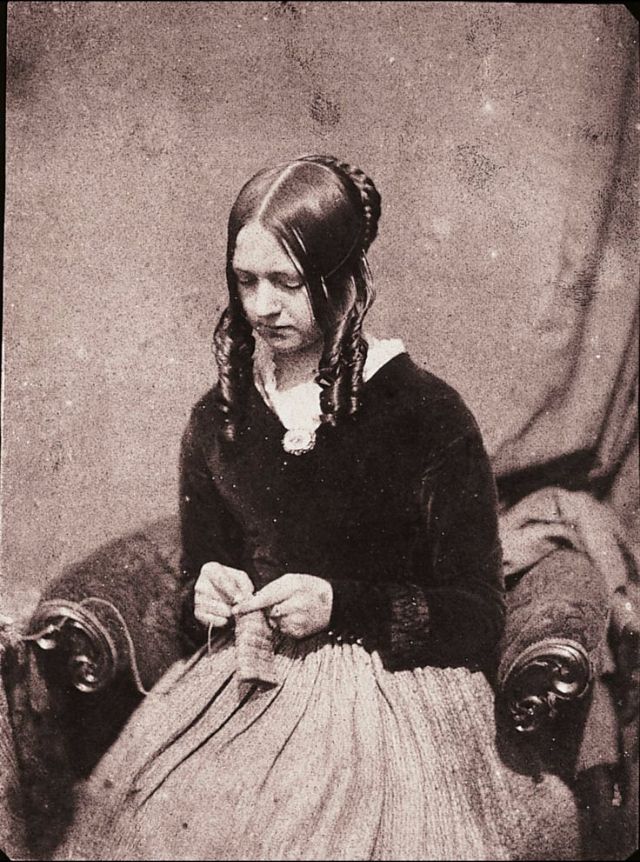 Queen Victoria was a fashion icon in her own right. In the early years of her reign, she inspired the “Apollo Loop” in which a plain or coiled plait of false hair was attached onto wires to create eye-catching loops worn vertically on top of the head. But the use of elaborate wigs made way for cleaner, gentler looks.
Queen Victoria was a fashion icon in her own right. In the early years of her reign, she inspired the “Apollo Loop” in which a plain or coiled plait of false hair was attached onto wires to create eye-catching loops worn vertically on top of the head. But the use of elaborate wigs made way for cleaner, gentler looks.
The Victorian period of fashion was about living more simply than in the previous era. Hairstyles eventually became more natural and demure with hair parted in the middle, drawn into a bun or coil with curls allowed to fall loosely at the sides of the head.
Hairstyles mirrored the aspirations and social changes occurring within society during this era. The Industrial Revolution saw the rise of the middle classes and brought new fashions for clothes and hair.
By the 1850s women wore hairstyles incorporating hairpieces purchased from the new department stores. Additionally, women began using soaps to clean their hair, but this act would strip away oils, leaving the hair stringy and dry. Products to restore hair’s luster included vegetable oil and even bear grease.
Towards the end of the 19th century, the Marcell Wave invented by Marcel Grateau’s “curling iron,” became a popular hairstyle that enabled the creation of a more natural-looking wave as opposed to a curl.
Victorians associated hair with life and love, therefore, it was traditional for women to incorporate lockets of hair into mourning jewelry after the passing of a loved one.
